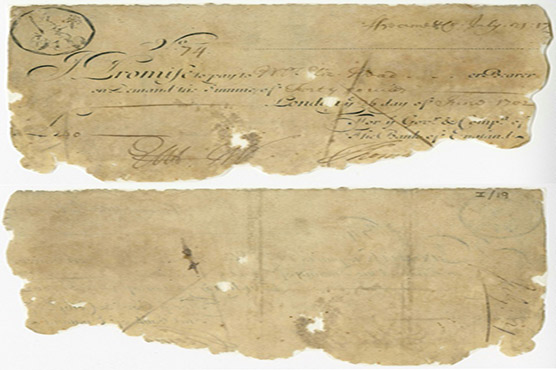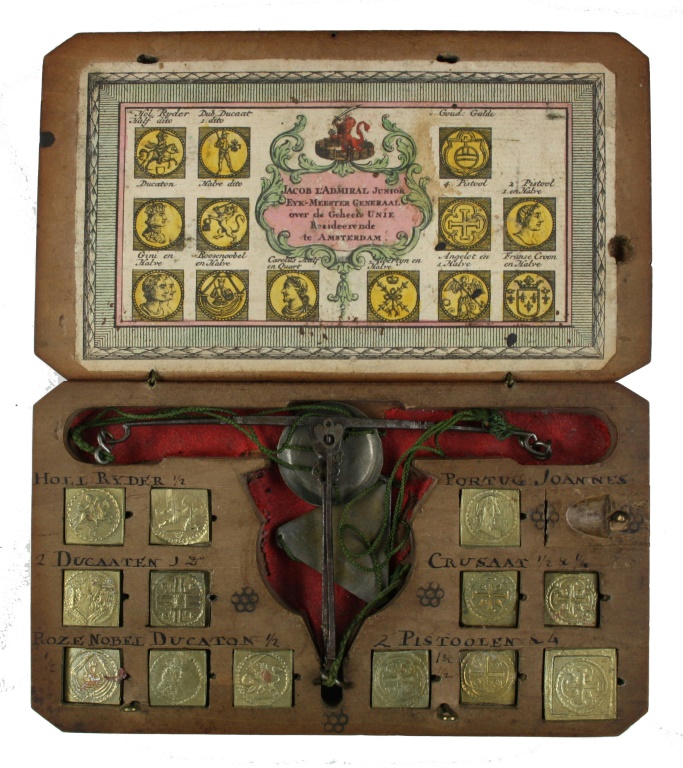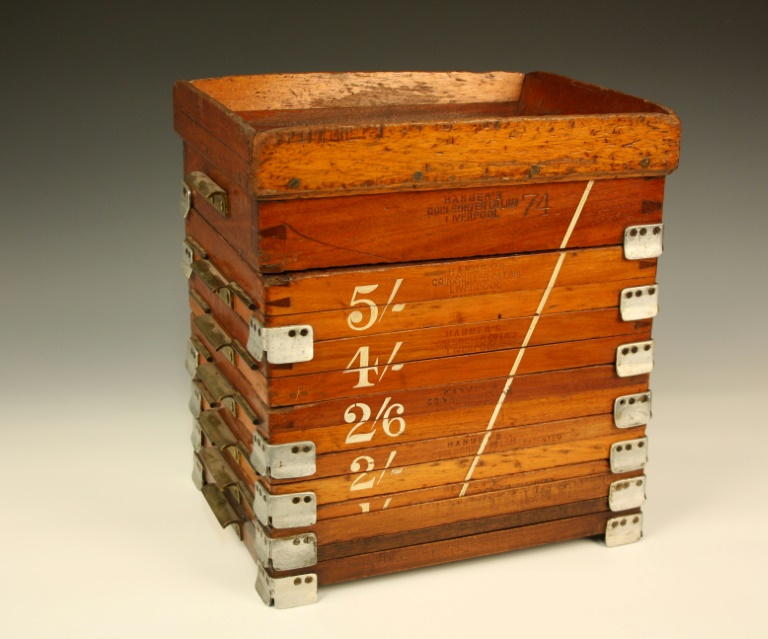Bank of England notes its 325 years with trip back in time

This banknote, for �40, dates from 1702 and is one of the oldest banknotes displayed by the bank.
LONDON (AFP) - Some of the earliest surviving banknotes and a Cold War nuclear radiation calculator are among 325 historic objects unearthed by the Bank of England to celebrate its 325th anniversary.
Britain’s central bank is the second oldest in the world after that of Sweden, and its trip back through time means returning to the days when its banknotes were written by hand.
Among the exhibits are a £40 note dating from 1702 -- a huge sum at the time, worth more than £9,000 ($11,000, 10,000 euros) nowadays.
There is also a forged banknote, which first appeared in 1858 when a customer tried to exchange it for gold.
It was stamped as counterfeit and handed back, but then reappeared in 1898 after being presented again, with someone having painstakingly managed to erase the stamp. This time the bank kept it.
"It’s a very intriguing story on how people always try their luck," said Jenni Adam, curator of the Bank of England Museum, noting that capital punishment was the penalty for counterfeit money until 1832.
Miranda Garrett, the BoE’s collections and exhibitions manager, added: "The bank is always working very hard to improve security of its banknotes."

This set of hand scales from 1749 weighed and tested coins
‘The Old Lady of Threadneedle Street’
When it was founded in late July 1694, the Bank of England employed just 19 people and mainly served to support government borrowing.
A century later in 1797, it gained its nickname "The Old Lady of Threadneedle Street" -- the London thoroughfare it stands on -- when a cartoon depicted the institution as an old dame sat firmly on the money chest, rejecting the seductive advances of the prime minister, William Pitt the Younger.
Although it has expanded considerably since its inception, with 4,000 employees today, its purpose remains much the same.
"The bank’s mission is still... for the good of the people to maintain the financial stability of the UK," said Adam.
Nationalised in 1946 and made independent from the government in 1997, its objective is to keep inflation at around two percent per year, in order to maintain confidence in the pound sterling currency while encouraging growth.

An old coin sorter from 1896 used to sort large batches of coins is among the exhibit
Fallout calculator
The "325 Years, 325 Objects" exhibition, which runs from Monday until May 15 next year, is not simply a pile of coins, notes and gold bars -- of which the bank has around 400,000 in its coffers. It has artefacts that trace Britain’s course through history.
A set of hand scales for weighing and testing foreign gold and silver coins from 1749 sits alongside a 14th-century water jug found in 1929 during rebuilding work, and Roman relics unearthed during archaeological digs.
There is also a rotating Cold War radiation fallout calculator, from 1959-1960, used to estimate the effects of a nuclear attack.
"We tried to reflect stories not just about governors but also about everyday bank clerks," said Garrett.
It was not until 1894 that a woman, Miss Janet Hogarth, joined the staff. Though this may seem late, the BoE was the first City of London institution to let in women, said Adam.
A 1970s embossed label affixed to the box used for the chief cashier’s confidential papers refers to "his".
Nowadays the person responsible for issuing banknotes is Sarah John -- the third woman to hold the post after Merlyn Lowther in 1999, and her predecessor Victoria Cleland in 2014.
A woman has never held the top post of governor. Mark Carney’s term expires at the end of January 2020 but the names reportedly in the frame to succeed him are all men.


